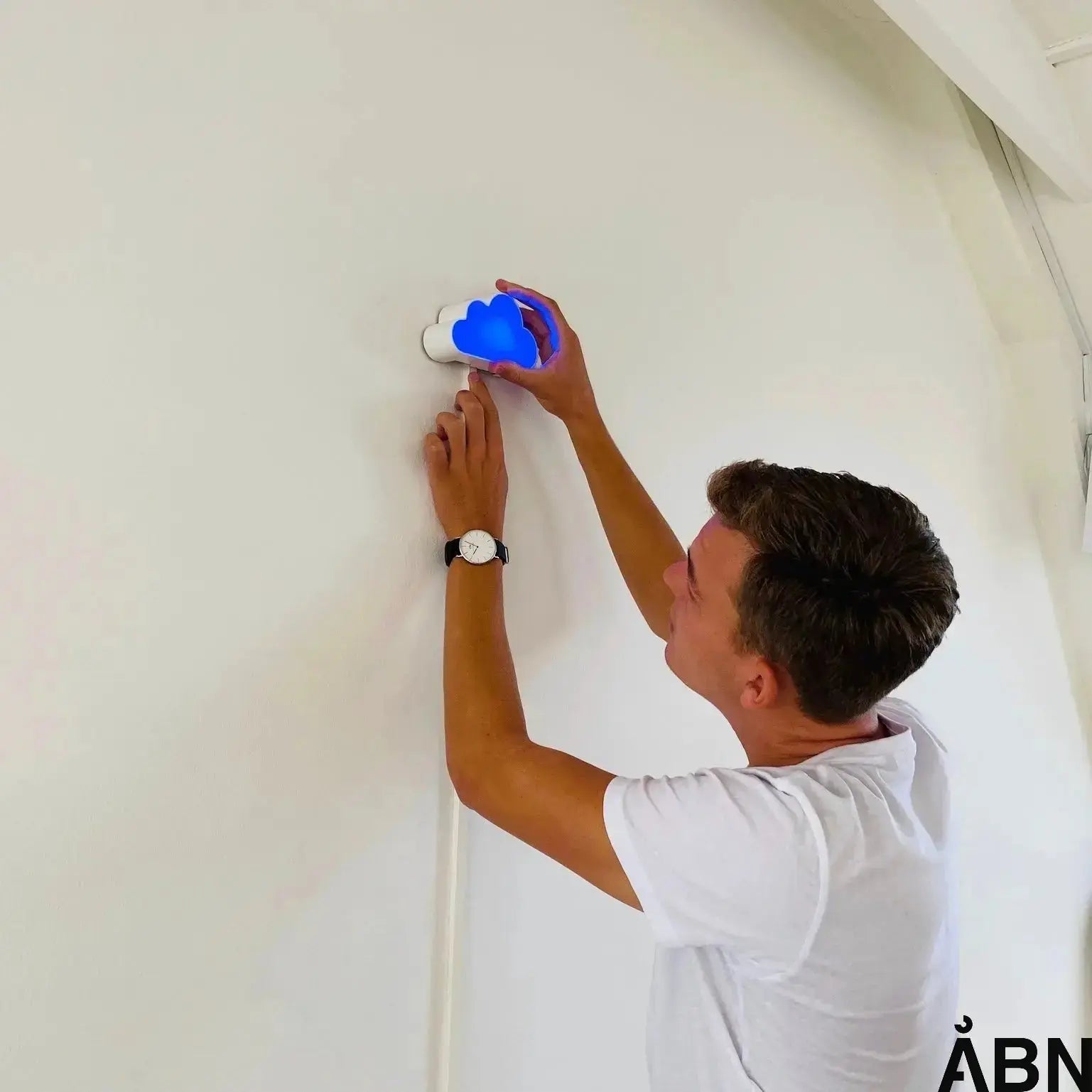Today, municipal school principals face a complex challenge: How do we ensure the best learning environment in our schools, when the indoor climate often hinders learning and well-being? Studies show that students can lose up to 10% of their cognitive performance due to poor indoor climate, while teachers' working environment and health are also significantly affected.
As the person responsible for several school clusters, you probably know the situation all too well. You have to prioritize resources between different schools, balance short-term and long-term solutions, while ensuring support from school management, teachers, technical administration and, not least, the political level.
The 10 biggest indoor climate challenges - and how SKYEN solves them
1. Excessive CO₂ levels inhibit learning
When CO₂ levels rise above 1000 ppm, students’ concentration begins to decline. In many classrooms, we see levels of 2000-3000 ppm during a typical school day. SKYEN sensors provide direct visual feedback to both teachers and students, allowing them to take immediate action and open windows or adjust ventilation. This creates a continuous learning moment about indoor climate and allows for preventive action before concentration is affected.
2. Lack of overview hinders strategic planning
As a school principal, you are responsible for distributing resources optimally. Without concrete data, it is almost impossible to know which schools have the greatest challenges. The SKYEN platform collects and visualizes data from all the municipality's schools in one dashboard, so you can compare indoor climate conditions across buildings, identify patterns and prioritize efforts where the need is greatest. This provides a solid basis for both acute efforts and long-term strategic decisions.
3. Overheated classrooms reduce learning ability
Temperatures above 25°C can significantly reduce student performance. Especially in older buildings and in south-facing rooms, the problem often becomes acute in the spring and summer months. SKYEN's temperature sensors record both current conditions and temperature development over time, allowing schools to implement both acute solutions such as shielding and ventilation, as well as plan more permanent measures based on documented problems.
4. High sick leave costs both learning and finances
Poor air quality increases the risk of respiratory infections and other illnesses. Studies show that strategic ventilation can reduce sick leave by up to 58%. With SKYEN , schools can implement systematic ventilation routines based on objective data, which reduces the spread of infection and thus sick leave among both students and staff. This results in both better learning and financial savings on temporary cover.
5. Lack of awareness of indoor climate creates bad habits
Students and teachers cannot react to problems they are not aware of. SKYEN's intuitive light makes the indoor climate visible to everyone in the classroom - when the light changes from green to yellow or red, even the youngest students understand that action needs to be taken. This creates a collective awareness and responsibility for the indoor climate, and the students themselves become ambassadors for good habits that they take home and further in life.
6. Inadequate ventilation in older school buildings
With 42% of Danish schools without mechanical ventilation, many municipalities are facing a challenge that does not have a quick technical solution. SKYEN helps by mapping exactly where and when the problems occur, so that schools can implement behavioral-based solutions such as systematic ventilation. This provides the opportunity to significantly improve the indoor climate, even in buildings with limited technical infrastructure, while long-term renovation plans are being drawn up.
7. Difficult to secure political support without data
Investments in indoor climate often compete with many other important areas in the municipal budget. The SKYEN platform generates detailed reports and visualizations that clearly document the extent of the problems and the effect of implemented improvements. This gives you as a school principal a strong decision-making basis when you have to argue for resource allocation in school committees or municipal councils and demonstrate return-on-investment for implemented projects.
8. The balance between good indoor climate and energy consumption
Increased ventilation can lead to higher energy costs - a real concern in an era of sustainability and tight budgets. SKYEN's data enables intelligent, demand-based ventilation, where ventilation is only provided when and where it is needed. This optimizes both indoor climate and energy consumption simultaneously and supports the municipality's green goals without compromising the learning environment.
9. Uneven indoor climate quality creates unequal learning conditions
Some schools have good conditions, while others struggle with massive indoor climate problems. This creates unequal conditions for learning across the municipality. SKYEN allows for systematic benchmarking of indoor climate conditions, so that you as a school principal can work purposefully to ensure uniform quality across all schools in the municipality and thus more equal learning opportunities for all students, regardless of which school they belong to.
10. Better collaboration across professional groups
Effective indoor climate solutions require coordination between school management, teachers, technical services and the municipality's building department. SKYEN acts as a common reference point where all parties involved can access the same data and thus speak the same language. This facilitates communication, creates a common understanding of the challenges and ensures that everyone is working towards the same goal: to create the best learning environment for the students.
From data to action: Strategic implementation of the CLOUD
The implementation of SKYEN sensors can be done gradually and strategically. Start by measuring in selected rooms across the municipality's schools to map the extent of the problems. Then use the data to develop a prioritized action plan, where the most problematic areas are addressed first.
SKYEN is not just a measurement system, but a tool for action. The intuitive user interface makes it easy to translate data into concrete measures, whether it concerns acute ventilation needs or long-term building improvements. At the same time, the continuous data collection makes it possible to document the effect of implemented measures - an invaluable help when communicating the results to politicians, parents and other stakeholders.
As a school principal, SKYEN provides you with a strategic tool that helps you take responsibility for the indoor climate across the municipality's schools and ensure that all students have optimal physical environments for their learning and development.
Contact us today to hear more about how SKYEN can be adapted to your municipality's needs and become a central element in the work of creating the learning environments of the future.









